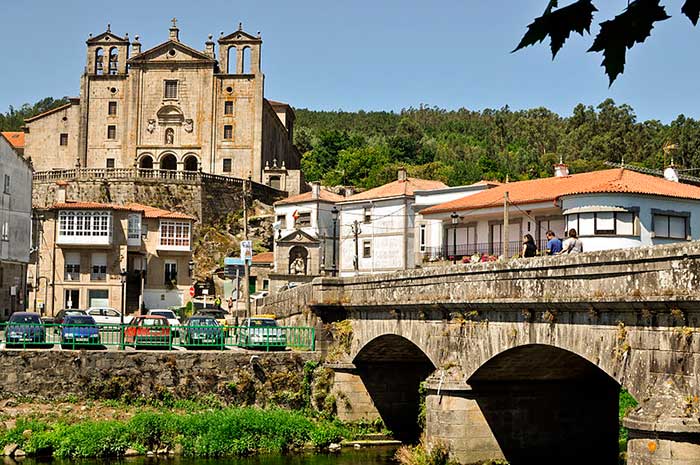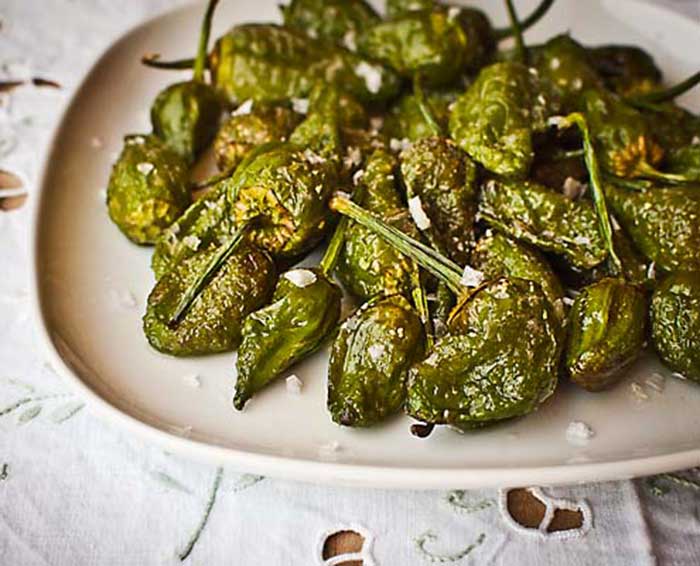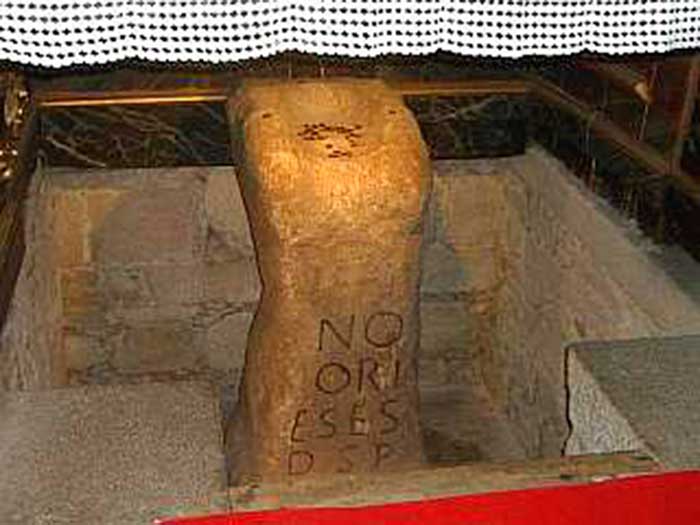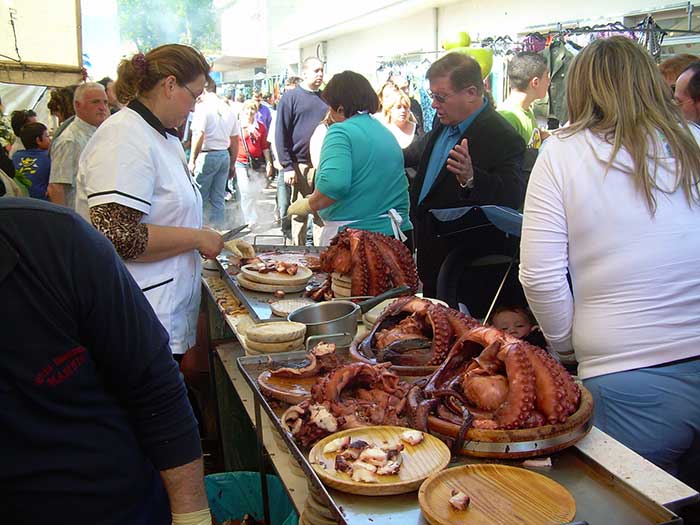Padrón is a small town between Pontevedra and Santiago on the Portuguese Camino. This Galician town was born in 10th century and it is currently known as the birthplace of the popular Padrón peppers.
The interesting legend of Padrón and Santiago.
Padrón is absolutely connected to Santiago de Compostela. In fact, Jacobean tradition has its origin here. There were some rocks situated on the mound of Santiaguiño do Monte, currently a famous pilgrim destination, and the apostle Santiago was supposed to preach there. It was also here that the Apostle brought forth with his staff a fountain capable of miracles.

According to the legend, after his return to Palestine and later decapitation, his disciples Theodore and Athanasius moved his remains to the furthest place from where he once preached. The boat carrying his lifeless body departed from Haffa (currently Tel Aviv) and covered the long route to Iria Flavia. It was there, in the old port of Murdagán, where his disciples tied the boat to a Roman altar, known as O Pedrón and, where they guarded below the main altar of the church of Santiago of Padrón his remains. As we can see, both names ( O Pedrón and Padrón) are linked to the same reference.
Literature on the Camino
Although Padrón is a very small town, it has been the birthplace of two famous writers: the Nobel Prize Winner Camilo José Cela and the Romanticist Rosalía de Castro, a poet who all Galician people admire for her fight against social injustice in 19th century. Padron’s famous Sunday market, on the “Espolon Promenade”, is the largest and most popular in Galicia and is sited on a large rectangular tree covered park area adjacent to the river “Ulla”. This promenade also houses statues of two of the town’s most prominent and well known citizens, “Camilo Jose Cela” and “Rosalía de Castro”. Moreover, there is a large museum called the “Camilo Jose Cela Foundation” in Iria Flavia (which is only 5 minutes away from Padrón on foot). If you travel a short distance from the center of Padrón (it can be also walked), you can visit the former house and now museum of Galicia’s most celebrated literary artist, “Rosalía Castro”. This museum is said to be the most visited in all of Galicia.

What to know about Padrón
The centre and its streets still conserve a medieval layout and offer many possibilities in terms of gastronomy, leisure and rest for pilgrims. For this reason it is an obligatory stopping place for all walkers departing from Portugal.
What makes Padrón different from the neighbouring Herbón, are its peppers, a unique product. Pimientos de Padron are small chili peppers from Herbón (in Padrón) that are fried and eaten as tapas. Similarly prepared peppers are sometimes known as “Russian Roulette” in British and American restaurants, but the unique tasting ones from Padrón are a big favourite in Spain and can be quite expensive outside of Galicia. If you decide to try this local specialty and are initially surprised by their mild taste, beware, the idea is that only the occasional pepper is really hot and it hits you when you are least expecting it.

The crowded Sunday market. One of the largest street markets in Galicia with 600 stalls selling all kinds of products.On market days all shops in the centre open. Pedronía, the certificate of Padrón since 2010,is the credential of Padrón which has been recuperated. With this the popular saying came “o que vai a Santiago e non vai a Padrón, ou fai romería ou non” (those that go to Santiago and not to Padron, may be pilgrims or not.) This credential is given to all who complete the pilgrimage from Santiago to Padrón or who travel from any of the villages on the Arousa estuary to Santiago or from other locations in Padrón and cover a minimum of 18 kilometres. To obtain the Pedronía, walkers should hold the pilgrim card, which can be downloaded from the council website of Padrón (www.concellodepadron.org) and should be stamped in their place of departure. On reaching Padrón the certificate is handed in to the tourist office, to the pilgrim hostel or to council offices.
In addition, pilgrims should visit other Jacobean locations in the capital of Sar: the parish church of Santa Maria, the fountain of Carme, Santiaguiño do Monte and Pedrón (the stone). The Pedrón is a large and ancient stone that Galician history claims the boat carrying the body of Saint James was moored up to. Today you can see the Pedrón in Padron’s church of Santiago. The Pedrón is sited directly under the church’s alter and is illuminated by lights above it. The position it occupies is said to be exactly as it was at the time of the boats visit and you can walk within feet of the stone and examine it. Recent investigations suggest that the Pedrón was in fact an early Roman alter stone.

As pilgrims you can stop in this town for an hour or two, more if it is Sunday market and you want to taste a tapa of delicious Padrón peppers and “pulpo a feira” ( Galician fair-style octopus).

Buen Camino, amigos!
Anxo Saco



Comments